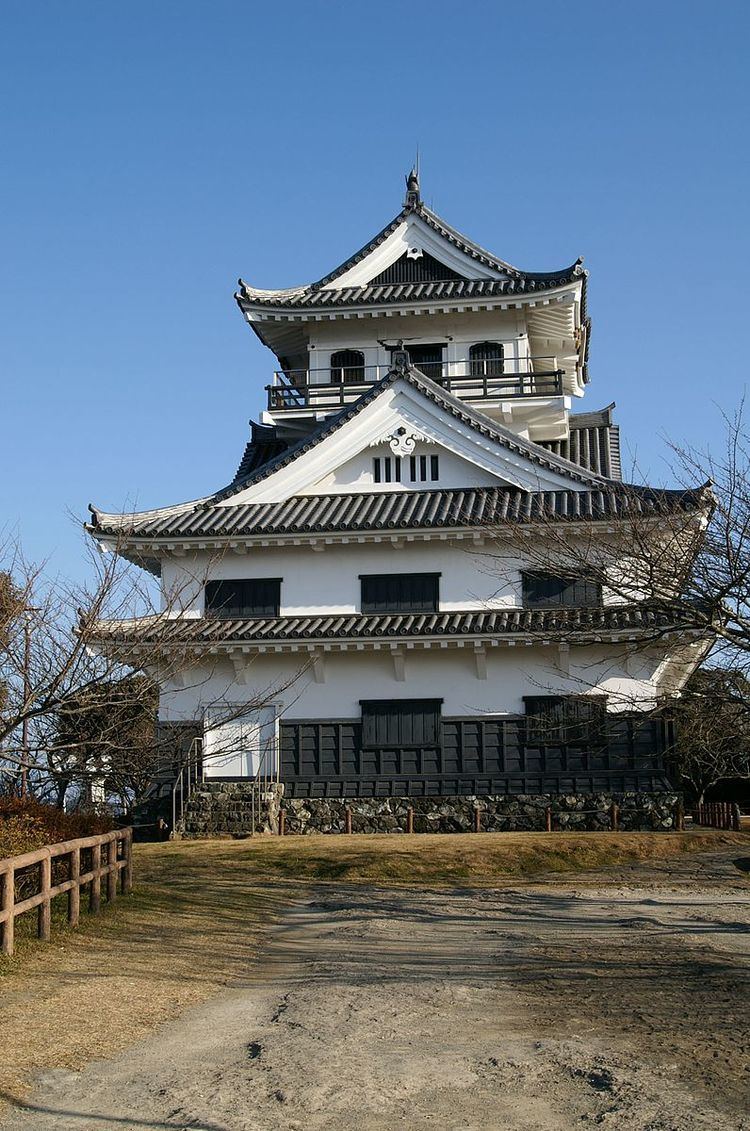Titles various | Founder Satomi Yoshitoshi Founding year 13th century | |
 | ||
Parent house | ||
The Satomi clan (里見氏, Satomi-shi) was a clan of the Sengoku period (1467–1573) and early Edo period (1603–1868). The Satomi claimed descent from the Seiwa Genji clan. Nitta Yoshishige (d. 1202), whose son Yoshitoshi took 'Satomi' as his surname.
Contents
Awa Satomi clan
The Satomi moved from Kōzuke Province in present-day Gunma Prefecture to Awa Province in present-day southern Chiba Prefecture in the mid-15th century. From this period the clan became known as the Awa Satomi clan.
During the Sengoku period the Satomi were forced to submit to the overlordship of Hōjō Ujitsuna in 1539. The remainder of the period saw the clan battle the Late Hōjō, Takeda, and Imagawa clans. The Satomi were involved in the First Battle of Kōnodai (1538) and the Second Battle of Kōnodai (1564).
The Satomi fought under both Oda Nobunaga and Tokugawa Ieyasu. At the beginning of the Edo period the clan was named the daimyo of Awa Province with a holding of 120,000 koku. The Satomi fell afoul of the Tokugawa shogunate early in the Edo period. The clan was implicated in the Ōkubo Nagayasu Incident of 1614. The daimyo Satomi Tadayoshi (1594 – 1622) was banished to Hoki Province in present-day Tottori Province, and had his holdings reduced to 30,000 koku. Tadayoshi had no heir, and the clan died out with his death.
